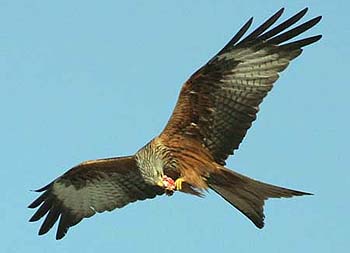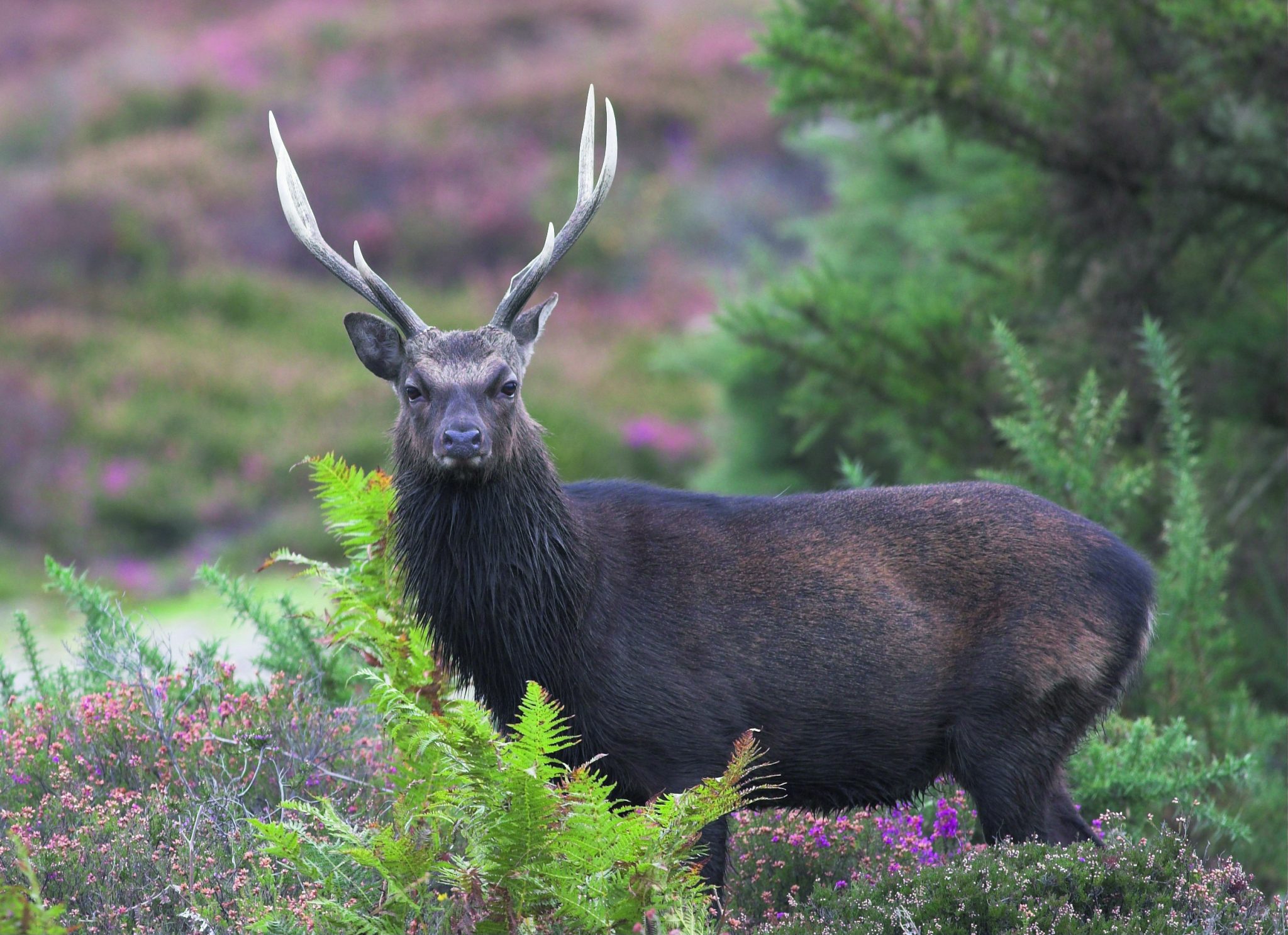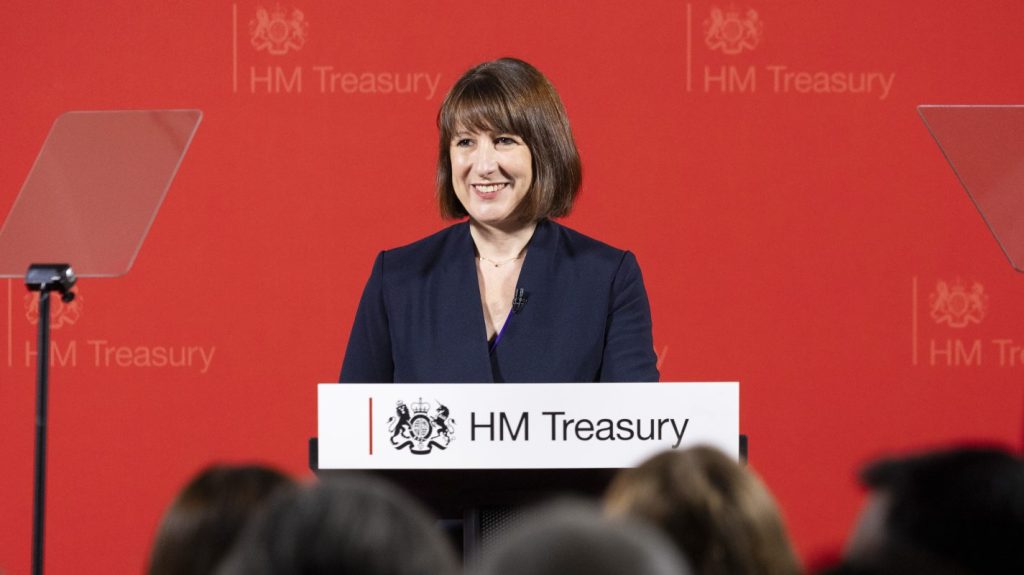News
RSPB blames illegal killing for red kite numbers
RSPB study concludes that persecution killing is to blame for the poor performance of red kites on the Black Isle.
Would you like to speak to our readers? We offer sponsored articles and advertising to put you in front of our audience. Find out more.
RSPB blames illegal killing for red kite numbers
The low growth of the red kite population in northern Scotland was blamed on illegal killing, following the publication of an RSPB Scotland study in the scientific journal Biological Conservation.
The study, funded by Scottish Natural Heritage, compared the performance of the red kite populations in the Chiltern Hills in Buckinghamshire with those on the Black Isle in Ross-shire.
According to the study, the population in the Chilterns has reached approximately 320 breeding pairs since they were first introduced in 1989, while the Black Isle population has reached 41 pairs in the same period.
The RSPB?s study discounted a lack of food supply and poor breeding performance as explanations for the poor growth rate of the Scottish Black Isle population, while low survival rates of young birds in their first and second years of life was cited as the main factor limiting the north Scotland red kite population growth up until 2006, with illegal killing accounting almost entirely for these poor survival prospects.
RSPB Scotland?s Duncan Orr-Ewing said: ?We now have a significant body of evidence to show what a major impact illegal poisoning is having on the populations of iconic birds such as the red kite… It is time to look again at the range of sanctions and penalties that can be deployed to tackle this damaging activity and bring the perpetrators to justice.?
Luke Borwick, chairman of the Scottish Rural Property and Business Association, said: ?Red kites are an undoubted asset to our rich biodiversity and our rural economy, and it is appalling that a mindless few continue to perpetrate crimes that are an absolute disgrace to our countryside.?
Related articles
News
PETA attacks royal couple for breeding cocker pups
The Prince and Princess of Wales have faced criticism from animal rights group PETA after they had a litter of puppies
By Time Well Spent
News
Farmers launch legal review against Reeves’s farm tax
Chancellor Rachel Reeves faces a judicial review over inheritance tax reforms that could force family farms out of business
By Time Well Spent
Manage Consent
To provide the best experiences, we use technologies like cookies to store and/or access device information. Consenting to these technologies will allow us to process data such as browsing behavior or unique IDs on this site. Not consenting or withdrawing consent, may adversely affect certain features and functions.
Functional Always active
The technical storage or access is strictly necessary for the legitimate purpose of enabling the use of a specific service explicitly requested by the subscriber or user, or for the sole purpose of carrying out the transmission of a communication over an electronic communications network.
Preferences
The technical storage or access is necessary for the legitimate purpose of storing preferences that are not requested by the subscriber or user.
Statistics
The technical storage or access that is used exclusively for statistical purposes.
The technical storage or access that is used exclusively for anonymous statistical purposes. Without a subpoena, voluntary compliance on the part of your Internet Service Provider, or additional records from a third party, information stored or retrieved for this purpose alone cannot usually be used to identify you.
Marketing
The technical storage or access is required to create user profiles to send advertising, or to track the user on a website or across several websites for similar marketing purposes.





